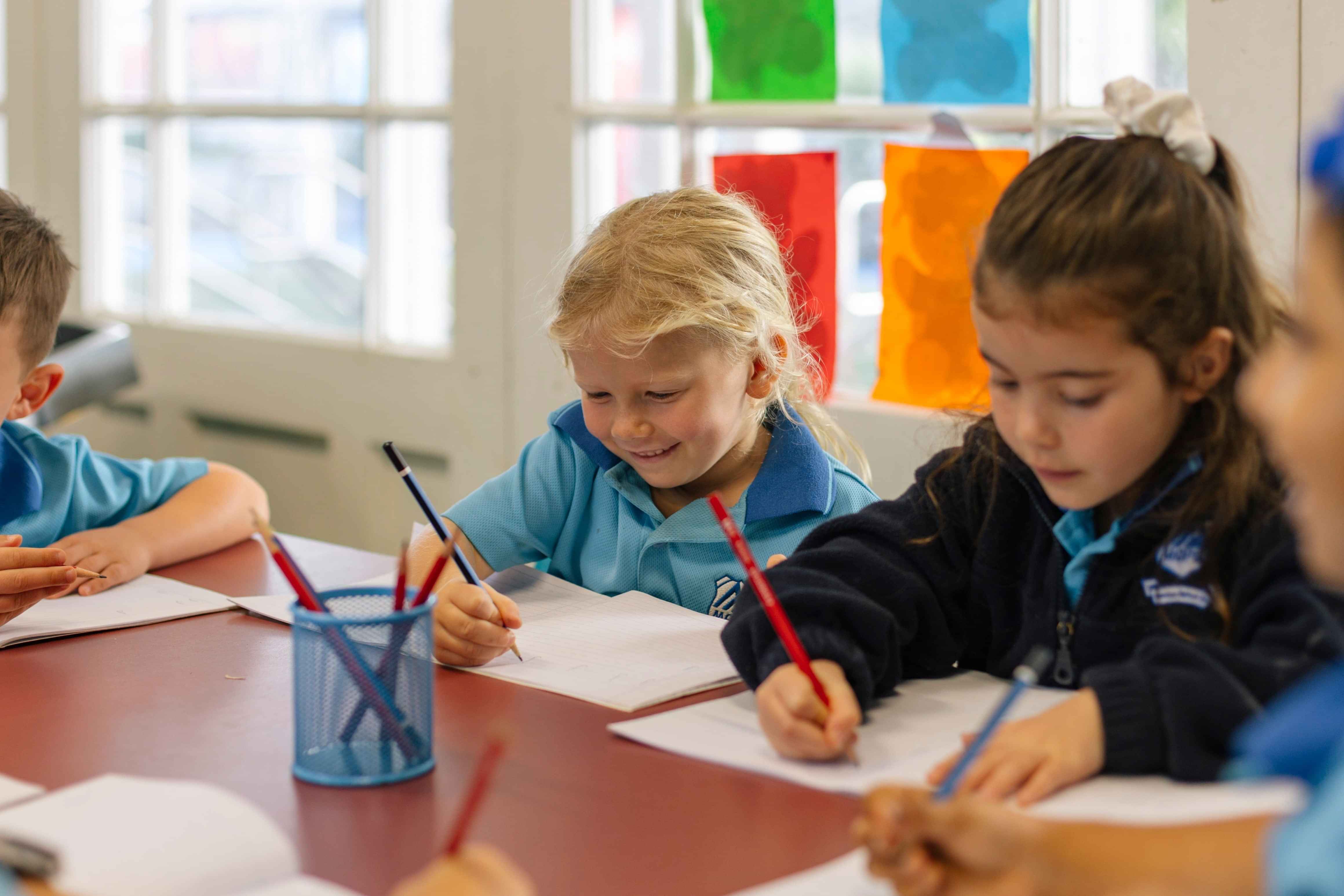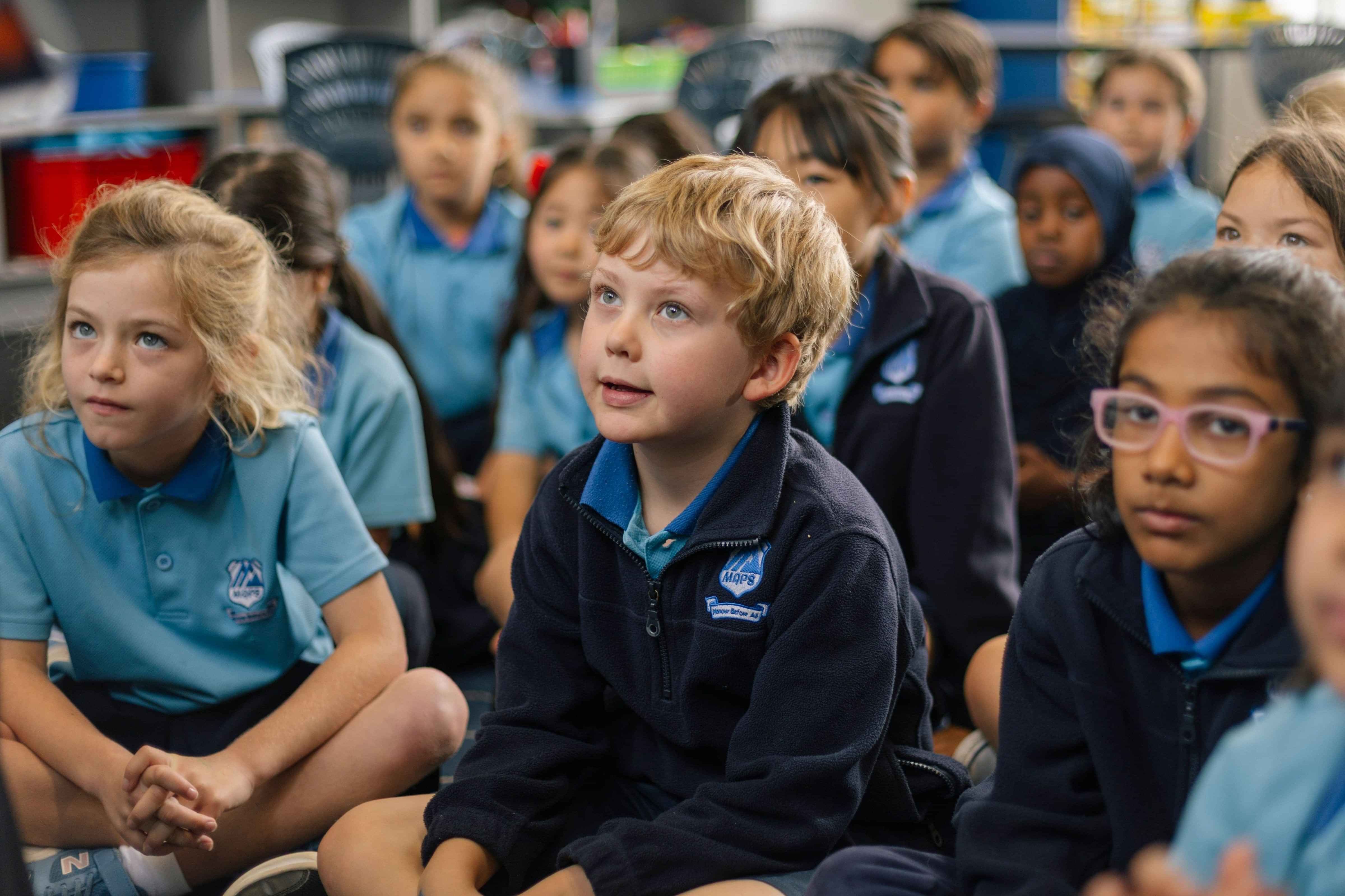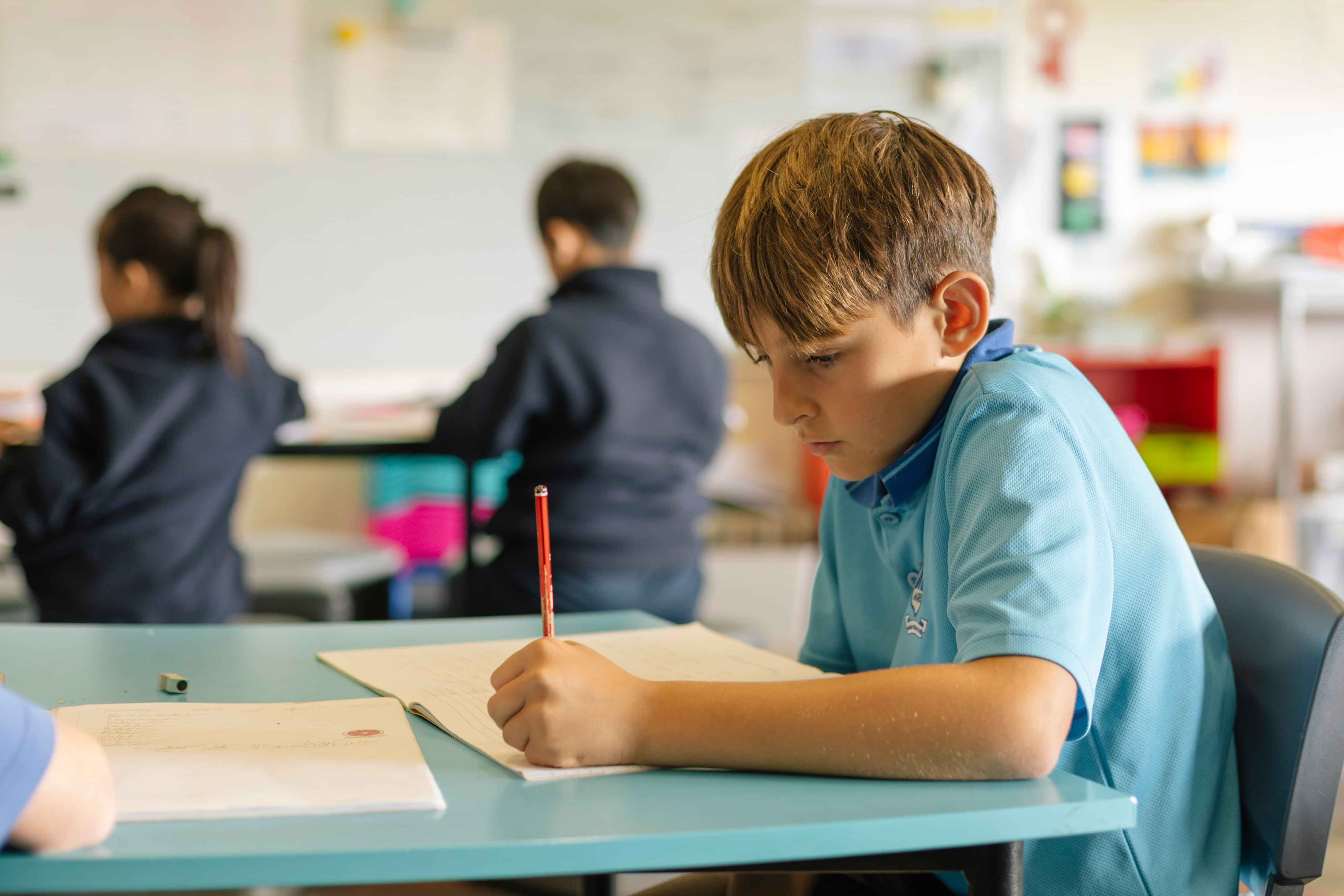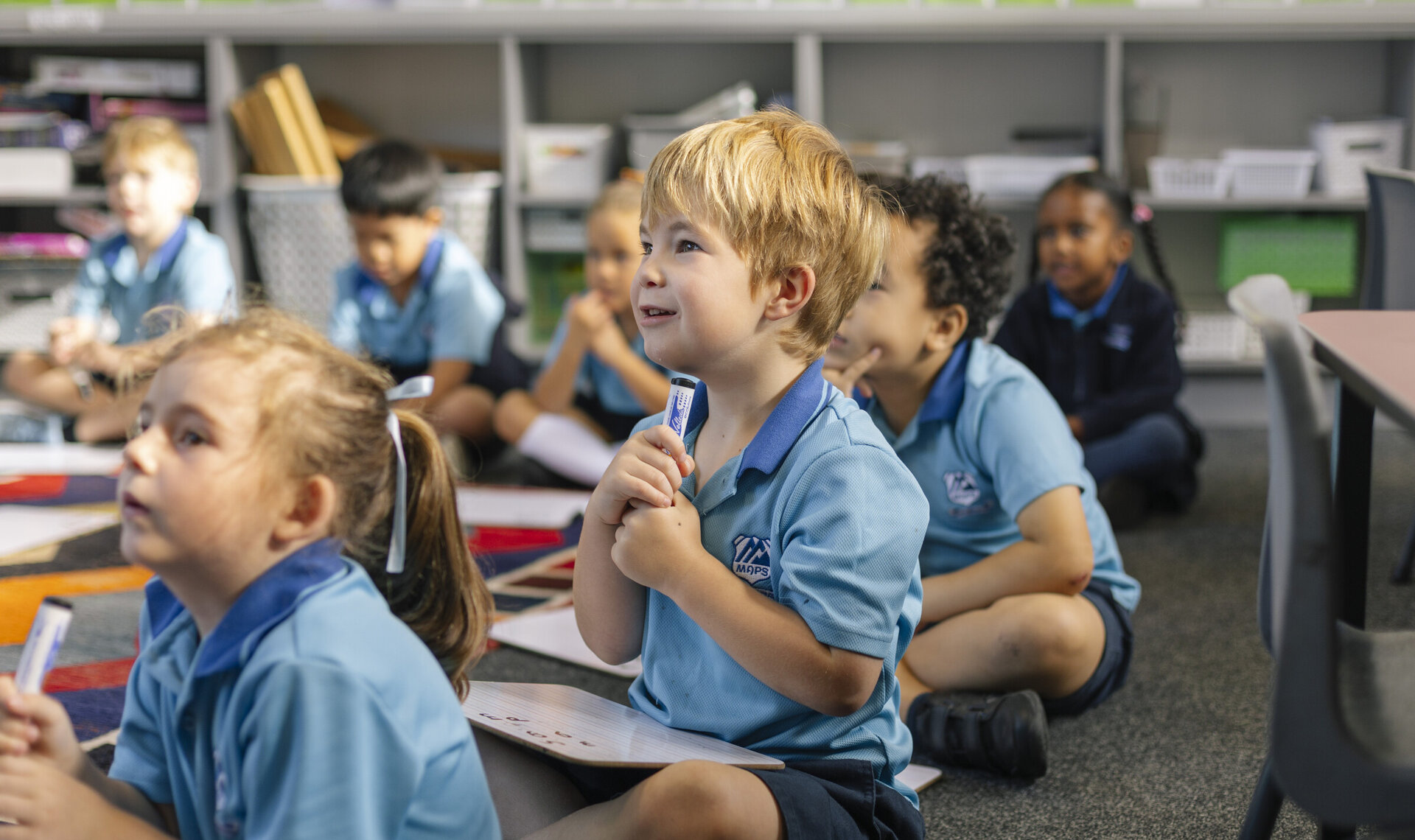Teaching and learning literacy at MAPS
Teaching children to read and write confidently is at the heart of our curriculum. Our aim is to have children finishing Year 6 with strong literacy skills that help them experience success across all curriculum areas and in their wider lives.
The way we teach literacy varies depending on a student's age and ability. All students engage in a Structured Literacy approach that is systematic, sequenced, cumulative and explicit. This approach is evidence and research-based within the Science of Learning.
Junior Primary: Years 0–2
At the Junior Primary level we begin with a Structured Literacy approach that is systematic, sequenced, cumulative and explicit. We use this approach because not only is it effective for the 60-70% learners who would develop basic reading skills under a more traditional ‘balanced literacy’ programme but it is absolutely essential for the 30-40% of learners who will not develop these skills unless they are explicitly taught (Kilpatrick, 2013). This approach is highly effective in supporting students to master the essential decoding skills they need as a foundation to be able to read and comprehend more complex texts later on.
Want more detail? Use these links...


Middle Primary: Years 3 and 4
At the Middle Primary level we continue on the structured literacy journey where the teaching approach involves students reading and creating a wide variety of different text types. Some students in this age group continue with a structured approach similar to junior years if they need some extra support to reach a competent decoding ability. All students continue to learn the rules and patterns of the English language using 'iDeal', a specially designed spelling programme that teaches spelling in a systematic, sequenced and explicit way, just like the structured approach they experience in the junior years.
Senior Primary: Years 5 and 6
At the Senior Primary level students continue to engage with and create a wide variety of texts and these become increasingly complex and challenging. There is also more deliberate use of texts for different purposes in other curriculum areas (e.g. reports and explanations in the Social Science curriculum, procedural texts in the Science and Technology curriculums). Students continue to learn spelling using the scope and sequence from 'iDeal' and use digital devices as well as handwriting to create texts.

